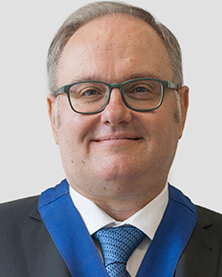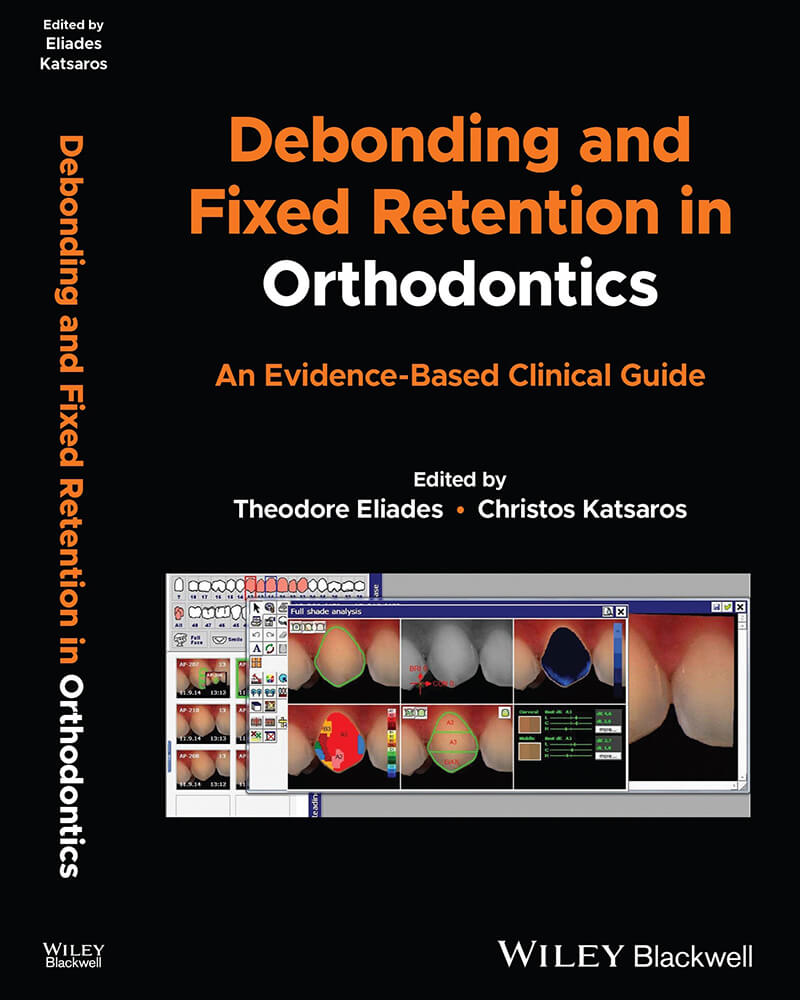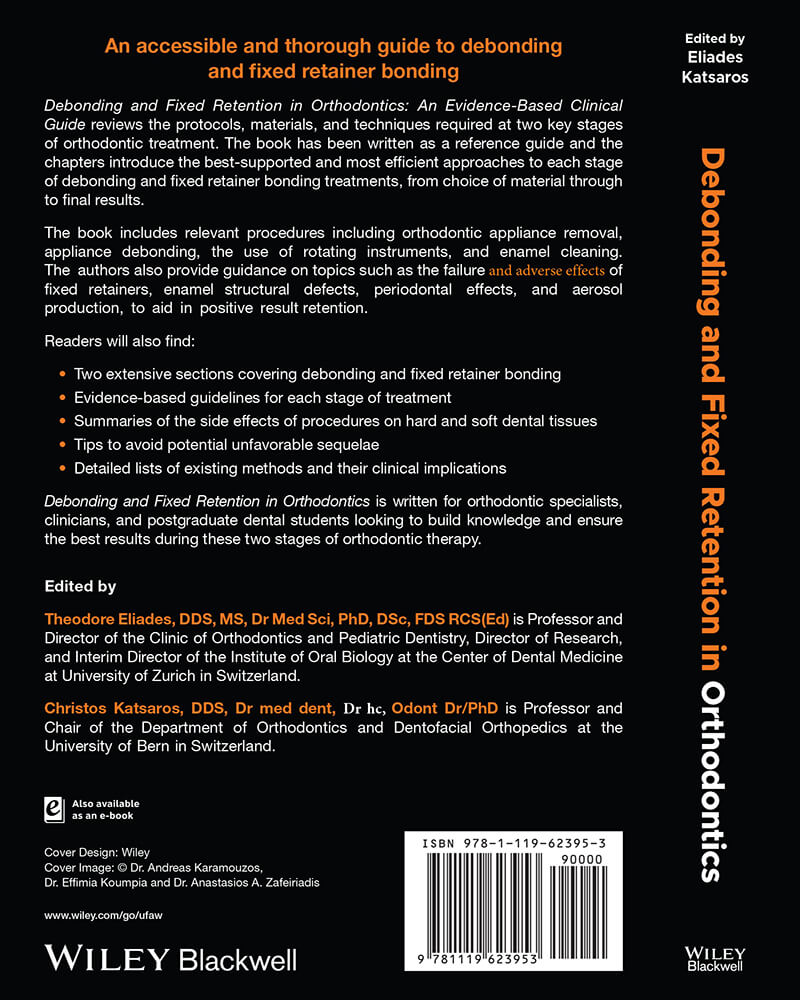The Course
The first includes the detachment of the orthodontic appliance from the enamel and the subsequent grinding of the adhesive layer (or in more recently the thick composite attachment block used in aligners).
This stage entails a relatively large number of materials and processes which are influenced by the bonding process in that etching-mediated bonding results in more cumbersome and catastrophic debonding procedure as opposed to glass-ionomer bonding for example. Depending on the composition of the appliance used, this process includes debonding pliers, ultrasound, laser, or heat-probes for the detachment of bracket, whereas a large number of type of burs with different cutting efficiency at slow or high-speed handpieces and an array of polishing tools are also used.
Fixed retainer bonding also includes many types of wires, configurations bonded with various type of composite resins with different handling even for the same materials. Some side effects have been reported related to the placement technique as the coaxial wires used have a large resilience and therefore store a recoverable elastic deformation, which is then given back to the wire-adhesive-tooth complex resulting in either fracture of the wire-adhesive interface or unwanted tooth movement.
For all this plethora of materials, instruments and handling modes, the information required to be transferred to the trainee or the practicing clinicians is more often dictated by the bias of the supervising instructor for postgraduate students or the content of relevant weekend courses-of the sort of the ones which have saturated the professional community-rather than the result of an evidence-based approach.
The Objective
The objective of the course is to provide in a succinic and clinically relevant information on the underlying mechanisms of success or failure for these two fundamental phases of treatment. The topics are structured around 2 axes: debonding and resin grinding and fixed retainer placement.













